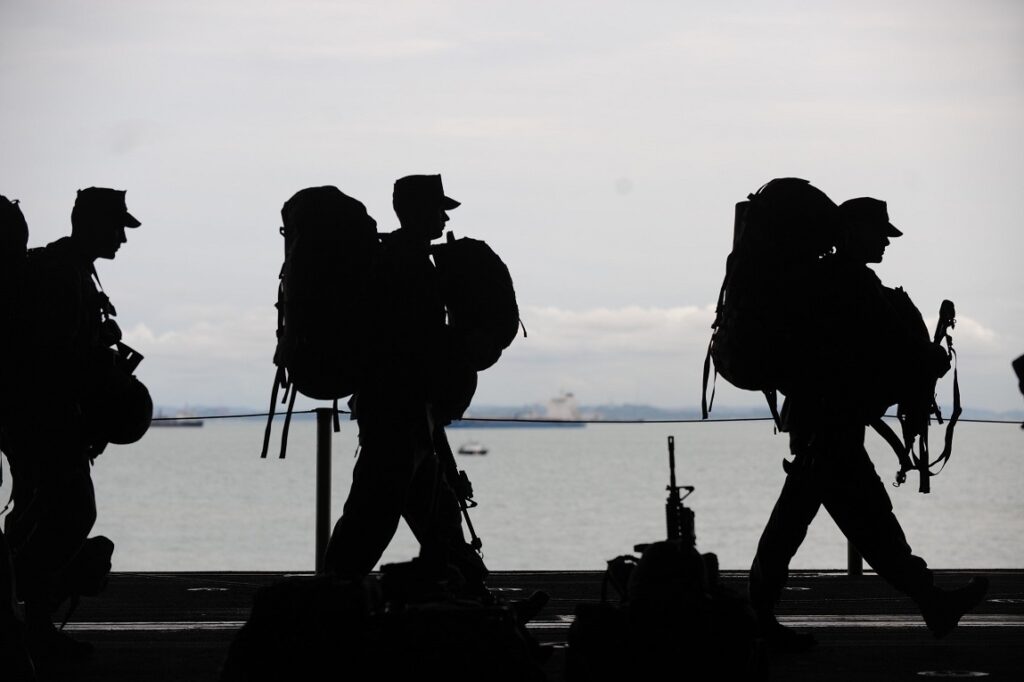
A Beginner’s Guide To Ballistic Shield Sizing
The size, design, form, and weight of ballistic shields have evolved, as has the level of protection they provide. The establishment of viewing ports is a prime illustration of this point. In contrast to riot shields, which are typically transparent, ballistic shields are typically constructed in the shape of a rectangle and feature a black exterior. Because of its dense construction, it is difficult for the bearer to see any potential threats that may be approaching. Many manufacturers now include a viewing port in their massive ballistic shields as a solution to this problem.
Users can now purchase ballistic shields in a wide variety of sizes and shapes, each tailored to provide optimal protection against a particular type of danger. Shields can be found in many sizes, although the dimensions often depend on the manufacturer in a significant way. Some ballistic shields are as small as 16 by 20 inches (41 by 53 centimeters), and they are designed for situations in which there is extra ballistic protection around, such as walls or trees. These are designed to protect the essential organs as well as the face, neck, and torso, while at the same time being simple and quick to deploy. When it comes to establishing and maintaining perimeters, as well as accessing suspicious scenes, it makes a lot of sense for patrol officers to always have them in their cars.
There are also some substantially larger choices available, with dimensions of 24 by 48 inches (61 by 122 cm), to protect the entire body. The typical dimensions for a shielding range anywhere from 20 by 30 inches (51 by 76 cm) to 24 by 36 inches (61 x 91 cm) (61 x 91 cm). These provide protection as well as mobility in one convenient package.
Finally, there are enormous rolling shield systems at Level IV that offer the highest possible level of ballistic protection. These offer protection from above and have the capacity to shield numerous policemen at the same time. The cost of extra protection in this case is an increase in weight, together with a reduction in mobility and speed.
For more articles, please click here.